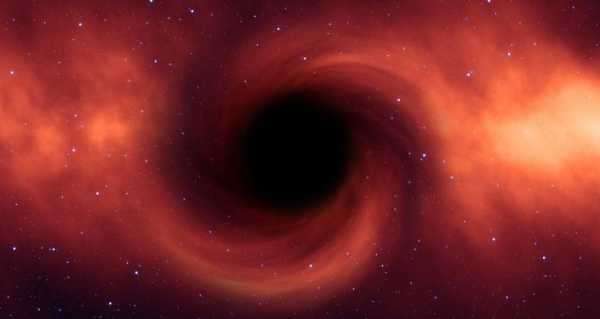
The new discovery may potentially help astronomers learn more about supermassive black holes.
An intermediate-mass black hole (IMBH) has been discovered after being illuminated by the light from an explosion that occurred some three billion years ago, space.com reports.
According to the media outlet, this discovery both supports the existence of IMBHs – due to the elusive nature of these objects, some scientists actually doubt they exist – and sheds light on how these celestial objects may form.
The IMBHs are black holes that are smaller than the supermassive black holes (SMBH) that reside at the hearts of galaxies, but at the same time they’re bigger than stellar black holes that occur when a star collapses upon itself.
The science team was able to spot their quarry via the use of gravitational lensing, which happens when an object – in this case, a black hole – acts as lens that distort the light from a distant light source – in this case, a cosmic explosion.
As Rachel Webster, an astronomer at the University of Melbourne and the study’s co-author, explained to the media outlet, the discovery of an IMBH via this technique “tells us something about how common” these objects are.
The media outlet also points out that this discovery may help scientists learn more about SMBHs, with Paynter noting that “currently, we do not know how SMBH are able to grow to such huge masses within the age of the universe.”
Sourse: sputniknews.com






